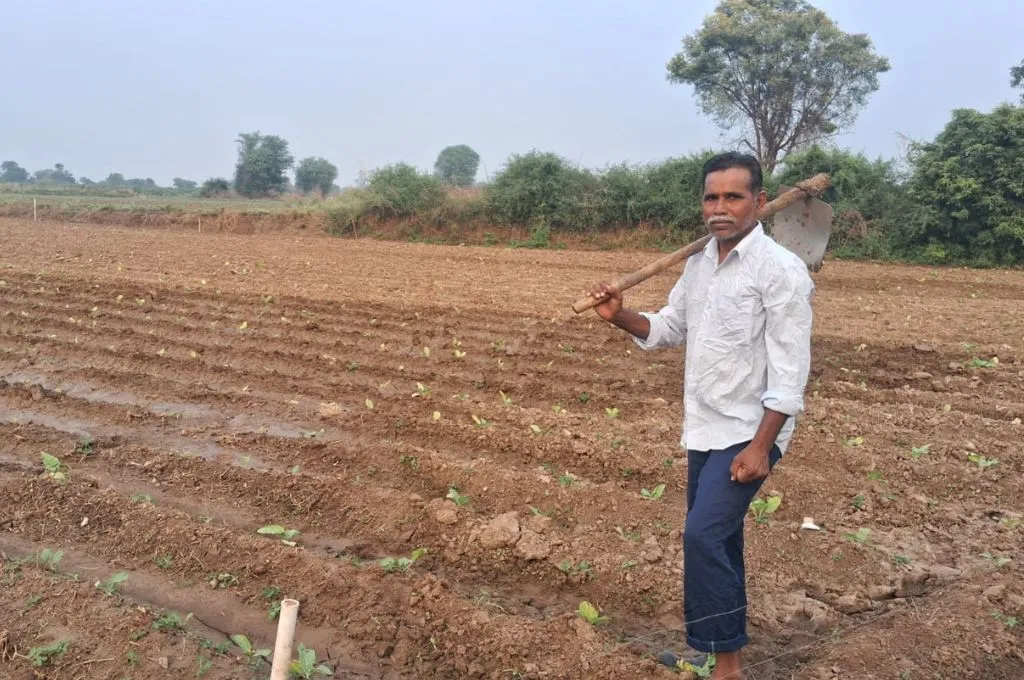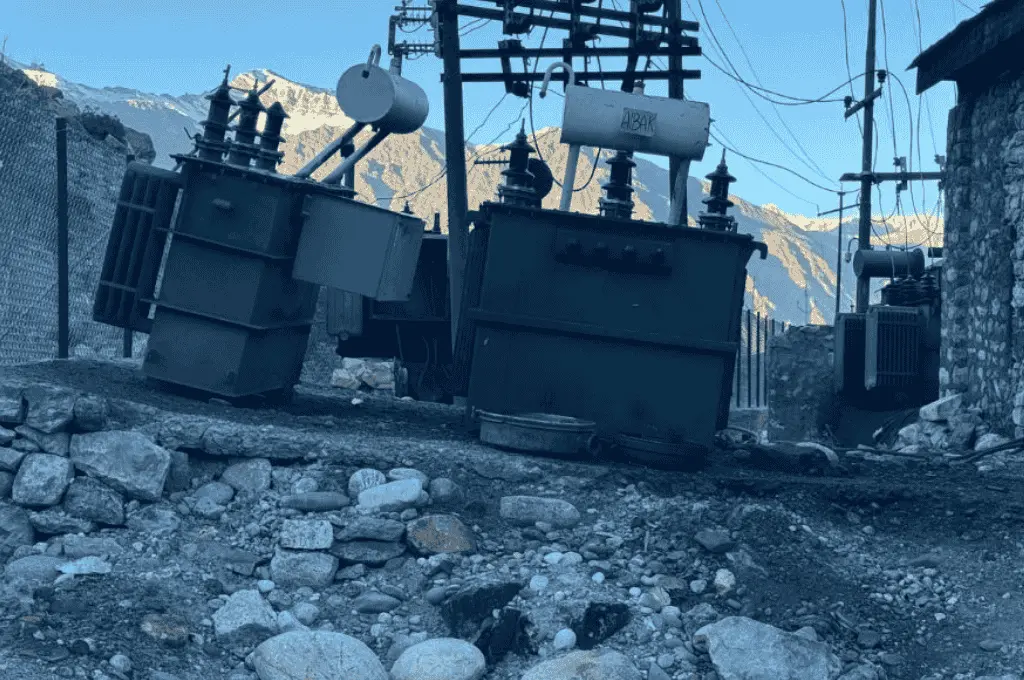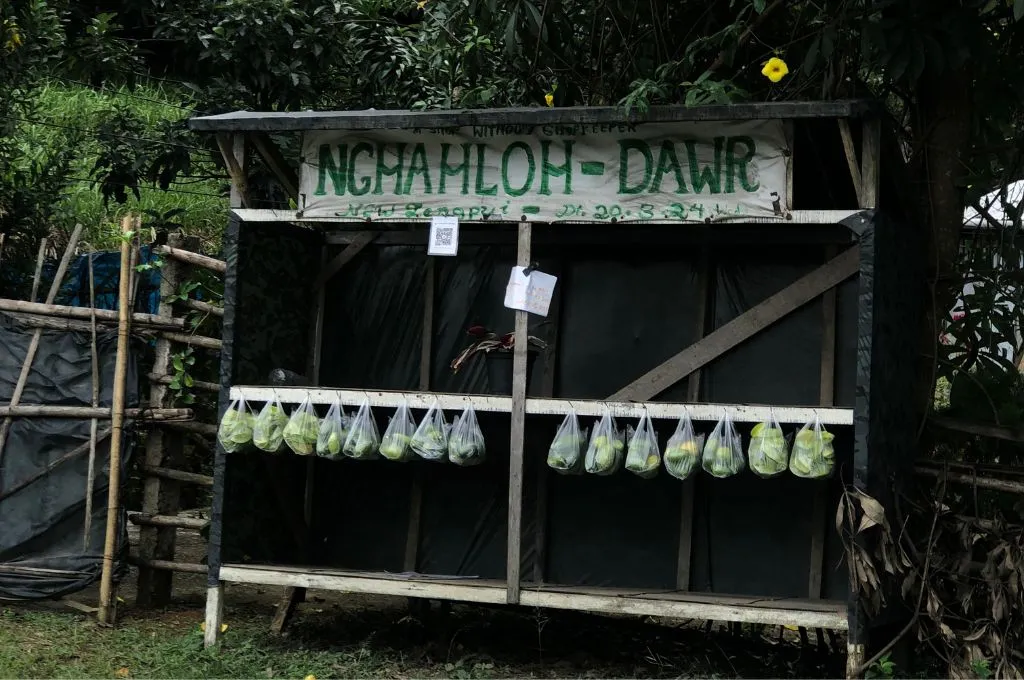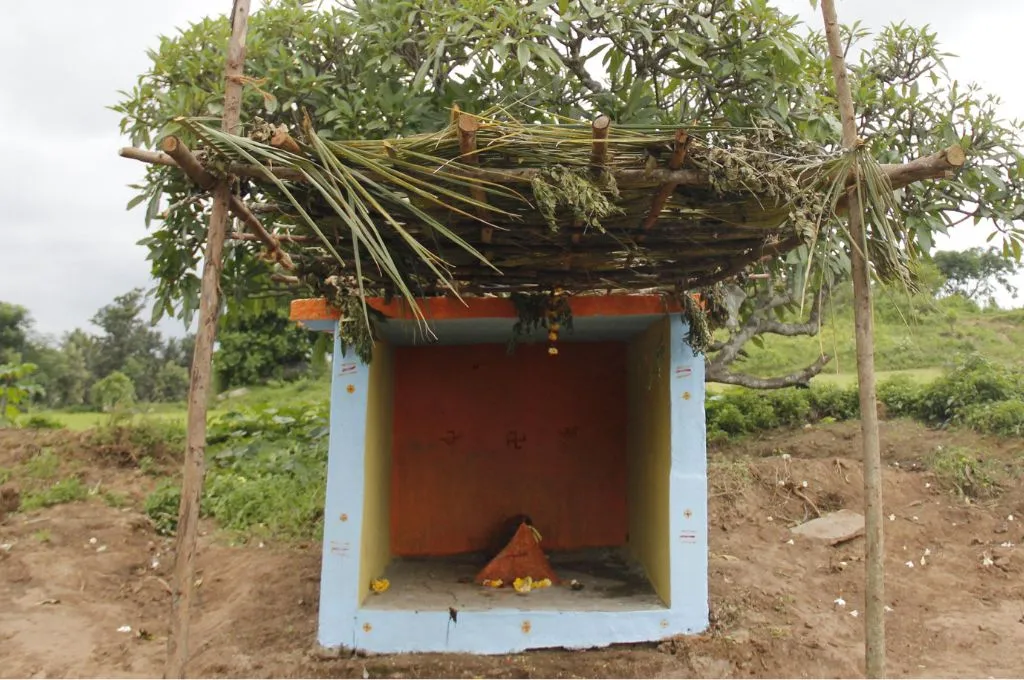READ THIS ARTICLE IN
Population in red: Crabs struggle for survival in West Bengal

Baguran Jalpai, situated in West Bengal’s Purba Medinipur district, is known for its beach and the red crabs that are found there. While primarily inhabited by locals until recently, this coastal area along the Bay of Bengal has seen increased tourist attention in the last few years. But this seems to be becoming a reason for a burgeoning crisis here.
Some species of crabs are a major part of the diet in coastal areas, but the red crab is unique because it isn’t consumed. Red crabs are sensitive to the presence of other animals, including humans—as soon as they hear something approach, they dig a hole in the ground to hide. That’s why a lot of human commotion in their vicinity is a risk to their survival because they would have to shift their habitat.
“The red crab is a good friend to human beings”, says Jyotsana Bore, who lives at the end of the Baguran Jalpai village, near the beach. The red crabs make their homes by making holes in the ground on which they live, and in the process pulverise the soil and sand. Jyotsana says that the sandy layer on the beach becomes elevated because of the pulverisation; thus, it acts as a buffer for the sea waves. A local forest worker Bappaditya Naskar adds that crushed sand makes it soft, so it becomes easier to plant trees.
Devashish Shyamal, another resident of Baguran village, says, “The presence of red crabs indicates that the health of the coast is good.” Due to such benefits, the local community is sensitive towards the conservation of this species.
Jyotsna explains, “Tourists end up harming the red crabs. They reach the seashore with bikes and other vehicles, which might crush the crabs.” She adds that they try to prevent people from going to the beach with bikes and four-wheelers. Jyotsana works as a fisherwoman and says that none of the fishers in the area capture the red crabs.
Shakti Khuthiya, a 37-year-old vegetable farmer from the village, says, “Earlier, there were no strict rules regarding red crabs and anyone could drive to the seashore. But recently, the government has taken some steps to save the red crab so their population doesn’t migrate because of the rising footfall.”
In 2023, the West Bengal government declared the 7.3 km long coastline from Birampur to Baguran Jalapai as a biodiversity heritage site. This brings into effect the Biological Diversity Act, 2002, and West Bengal Biological Diversity Rules, 2005. Under these laws, there is a provision to conserve the shoreline’s biodiversity by forming separate biodiversity management committees at the district Magistrate and block levels.
A local forest camp has been set up in the area to ensure there’s no harm to the red crabs.
Rahul Singh is an independent journalist based in Jharkhand. He covers the eastern states of India in his work, reporting especially on environmental and rural issues.
—
Know more: Read more about how livestock is celebrated in Himachal Pradesh.
Do more: Connect with the author at rahuljournalist2020@gmail.com to learn more about and support his work.



